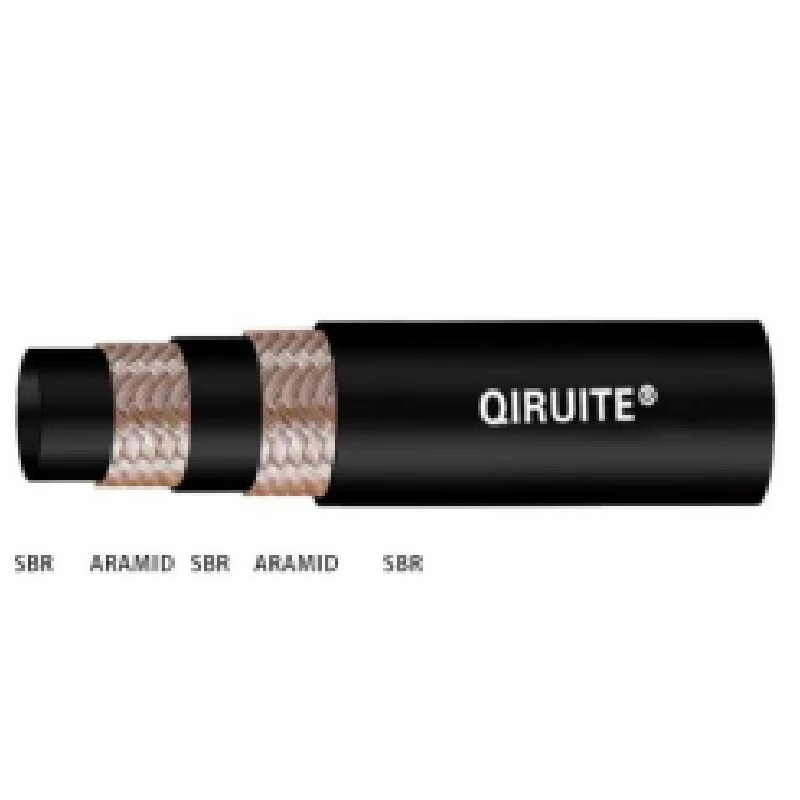nissan power steering hose replacement
Nissan Power Steering Hose Replacement A Comprehensive Guide
Power steering systems play a critical role in vehicle handling and maneuverability. For Nissan vehicles, maintaining the integrity of the power steering hose is essential for ensuring optimal steering performance. Over time, hoses can become worn, leading to leaks and reduced steering responsiveness. If you’re facing issues with your power steering, you might need to consider replacing the hose. This article outlines the steps and considerations for successfully replacing the power steering hose in your Nissan vehicle.
Understanding the Power Steering Hose
The power steering hose is part of the hydraulic system that assists in steering the vehicle by transmitting power-steering fluid from the pump to the steering gear. There are typically two types of hoses involved the high-pressure hose and the low-pressure hose. The high-pressure hose carries fluid from the pump to the steering gear, while the low-pressure hose returns fluid back to the pump. Knowing which hose needs replacement is crucial for a successful repair.
Signs of a Failing Power Steering Hose
Before proceeding with a replacement, it’s essential to recognize the signs of a failing power steering hose. Common indicators include
1. Fluid Leaks Puddles or spots of power steering fluid under the vehicle are telling signs of a leak. 2. Difficulty Steering If you notice the steering wheel becoming increasingly tough to turn, it may indicate a fluid shortage due to a leaking hose. 3. Steering Wheel Noise Unusual whining or groaning noises when turning the wheel can signal low fluid levels, often due to a hose issue. 4. Warning Light Some Nissan models may have a warning light on the dashboard that indicates a problem with the power steering.
Preparing for Replacement
Before you begin replacing the power steering hose, here’s what you’ll need
- Basic tools (wrenches, pliers, socket set) - New power steering hose (ensure you have the correct part for your Nissan model) - Power steering fluid - A drain pan or rags to catch any leaking fluid
Step-by-Step Replacement Process
nissan power steering hose replacement

1. Safety First Park the vehicle on a level surface, turn off the engine, and engage the parking brake. Wear safety goggles and gloves to protect yourself.
2. Locate the Hose Open the hood and locate the power steering pump and hoses. Depending on your Nissan model, this may vary slightly.
3. Drain the Fluid Place a drain pan under the power steering pump. Loosen the hose connections using wrenches and allow the fluid to drain completely. Be cautious, as the fluid can be hot.
4. Remove the Old Hose Disconnect the high-pressure and low-pressure hoses from their respective connections. Use a wrench to loosen any clamps or fittings that may be holding the hose in place.
5. Install the New Hose Start by connecting the new high-pressure hose to the pump and the steering gear. Ensure the connections are tight but avoid over-tightening, which can damage the fittings.
6. Reconnect the Low-Pressure Hose Follow the same process to connect the low-pressure hose. Make sure all clamps or retaining clips are secured properly.
7. Refill Power Steering Fluid Once both hoses are in place, refill the power steering fluid reservoir with the appropriate type of fluid recommended for your Nissan.
8. Check for Leaks Start the engine and turn the steering wheel from lock to lock to help circulate the fluid. Check for any signs of leaks around the new hose connections.
9. Test Drive Take your Nissan for a short test drive to ensure the steering feels responsive and smooth.
Conclusion
Replacing the power steering hose in your Nissan is a straightforward process that can significantly improve handling and performance. Regular inspections and timely replacements can help avoid more extensive repairs down the line. If you're not comfortable performing the replacement yourself, consider seeking assistance from a professional mechanic to ensure the job is done correctly. Remember, maintaining your power steering system is key to a safe and enjoyable driving experience.
-
Ultimate Spiral Protection for Hoses & CablesNewsJun.26,2025
-
The Ultimate Quick-Connect Solutions for Every NeedNewsJun.26,2025
-
SAE J1401 Brake Hose: Reliable Choice for Safe BrakingNewsJun.26,2025
-
Reliable J2064 A/C Hoses for Real-World Cooling NeedsNewsJun.26,2025
-
Heavy-Duty Sewer Jetting Hoses Built to LastNewsJun.26,2025
-
Fix Power Steering Tube Leaks Fast – Durable & Affordable SolutionNewsJun.26,2025

